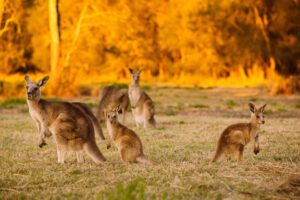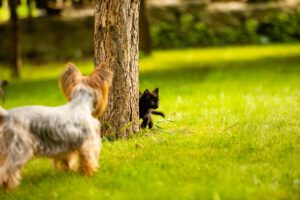Brush tailed bettongs are omnivores. Their diet consists of roots, legume pods, tubers, bulbs, seeds, insects and carrion. Fungi is an important part of their diet. They have an important relationship with the fungi spreading its spores throughout the forest.
Their digestive system is specially developed to digest fungi. They have strong front claws to make digging up the fungi easier. Most of their water needs are derived from their diet limiting the need to drink water.
Australia is the native home of the brush tailed bettong. Here their range has been significantly reduced. Formerly they covered over half the continent ranging across South Australia, Western Australia, New South Wales, Victoria and the Northern Territory.

Now their range has been significantly reduced to just a handful of sites across Western and South Australia. Their habitat is the sclerophyll forests, arid scrub, desert grasslands and Mallee eucalyptus woodlands.
Breeding takes place year-round. They will only come together for mating. Gestation is 21 days at which point the young, which is smaller than a jellybean, blind and furless will climb from the birth canal in to the pouch. On a rare occasion twins, may be born.














